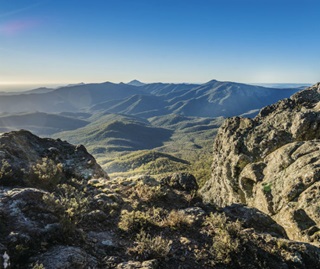 The conservation of biodiversity and suitable recreational opportunities are important considerations when areas are identified, protected, and managed as wilderness. For people to enjoy a wilderness experience, a wilderness area should remain substantially unmodified by modern human activity. Therefore, the NSW National Parks and Wildlife Service (NPWS) will manage wilderness to maintain or restore its natural values.
The conservation of biodiversity and suitable recreational opportunities are important considerations when areas are identified, protected, and managed as wilderness. For people to enjoy a wilderness experience, a wilderness area should remain substantially unmodified by modern human activity. Therefore, the NSW National Parks and Wildlife Service (NPWS) will manage wilderness to maintain or restore its natural values.
Policy
How is land identified as wilderness?
- The Wilderness Act 1987 (Wilderness Act) provides the legislative basis for identifying, protecting and managing wilderness in New South Wales. Wilderness areas in national parks previously declared under the National Parks and Wildlife Act 1974 (NPW Act) are now recognised under the Wilderness Act.
Naturalness
- Wilderness areas will have native vegetation cover that is largely unmodified by human activity.
Size and boundaries
- A wilderness area will usually be large enough to allow natural processes to be maintained. Whole water catchments will be included where possible. Boundaries will take into account landforms, communities and management considerations.
Development and restoration
- Many forms of development and land use are incompatible with wilderness. They include:
- four-wheel drive tracks, old logging or mining tracks
- fence lines, minor tanks and bores
- sparse, intermittent or seasonal grazing
- past light, selective logging in limited areas
- limited, more intensive developments, such as clearings
- intensive development or disturbance
- a disturbed site, the inclusion of which is important for the integrity of a wilderness area.
However, land with these activities and developments can be identified as wilderness, if there is a commitment to removing the incompatible activities or developments and restoring wilderness values. Removal may not be necessary if the developments have significant Aboriginal or historical values.
Recreation
- A wilderness area must be able to provide opportunities for solitude and self-reliant recreation.

